VOLUNTEERS CORNER ❘ By JERRY KNAPP
Scenario: It was a bad car wreck, head-on. It took your fire department about 35 minutes to peel the car away from the female driver’s traumatized body. Paramedics called for an air ambulance to get her to the trauma center before her golden hour expired, along with her chances of survival. The extrication went smoothly; she was transferred directly from the car to the backboard and finally to the helicopter that landed on the highway near the wreck, no wasted time getting her into and out of the ground ambulance. A few months later, she arrived at your firehouse door with a couple of homemade apple pies to thank you for helping to save her life.
- Safety in the Medevac Landing Zone
- Back to Basics: Helicopter Safety
- Fire Department Response to Helicopter Emergencies
- Helicopter Safety for EMS Personnel
Air ambulances save countless lives each year, and we get called to set up landing zones (LZs) to fly critical patients to hospitals and trauma centers, where they can get the best life-saving care. This article will highlight a few important considerations for fire department operations at helicopter landings and to prepare for a helo emergency.
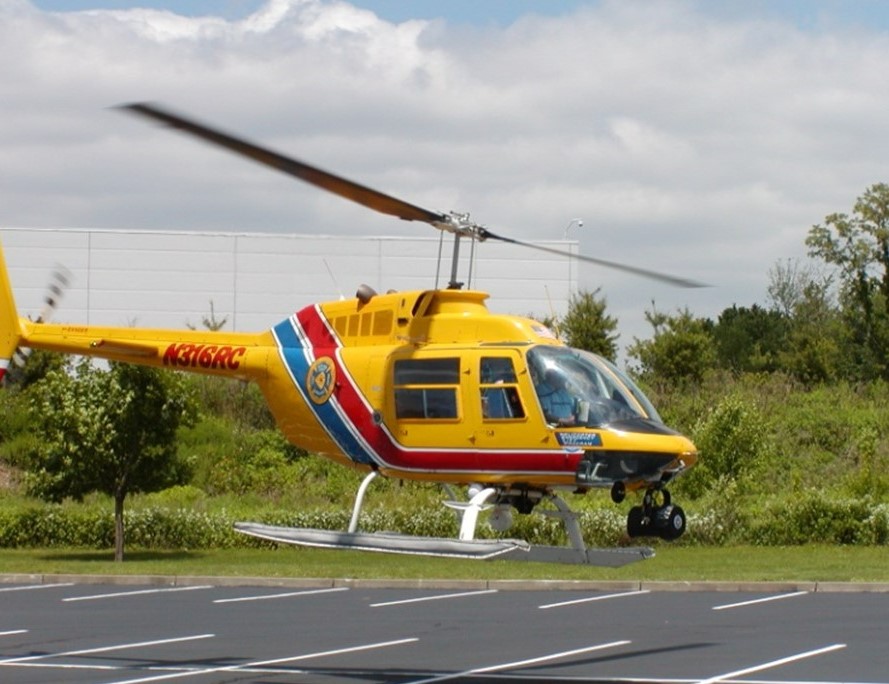
(1) Helicopter operations are dangerous and require thorough preplanning. (Photos by author.)
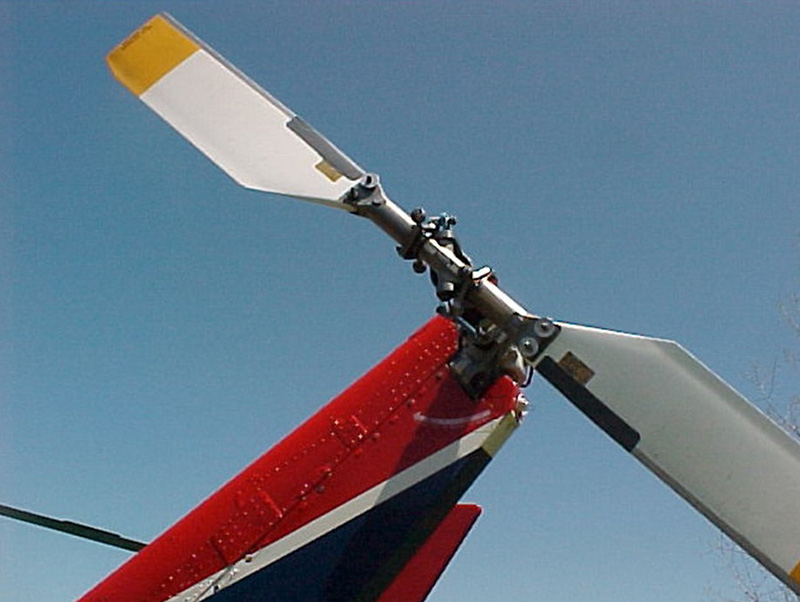
(2) Rotors will be invisible when spinning at high speed.
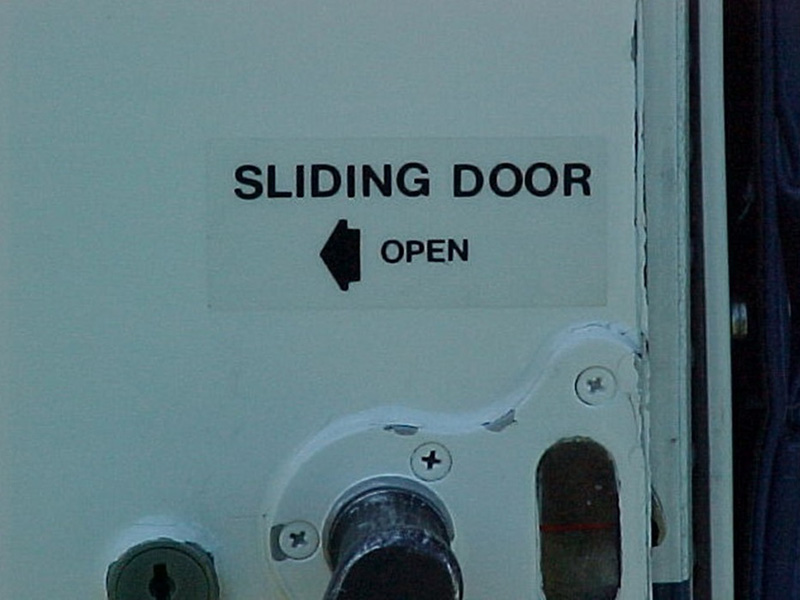
(3) It is important to know how to open doors in normal operations.
Planning the LZ Operation
To start, meet with the air crews you will be supporting to find out what they need you to do and not do. Construct your standard operating procedures for helo operations based on their needs. Typically, there are some critical steps to setting up the LZ, which follow.
- Preplan LZs with pilots to (1) get their approval and (2) familiarize them with the LZ in your area and rule out those areas that are unsafe. Also, identify areas by latitude and longitude so the pilot can use his guidance system to find your scene in the dark of night.
- Preserve the golden hour for the patient, which is your main mission. Select LZs that are close to the patient or wreck. Taking the patient from the car to the ambulance to the LZ to the helo wastes time. Generally, highways are good places to use as LZs, but meet with your pilots to gain their recommendations and approvals. Ball fields are good, too; there’s usually no wires, poles, or trees around second base or the 50-yard line.
- Set up the LZ in accordance with the pilots’ directions you agreed on in your preplanning meeting. Set out at least four perimeter guards to keep curious people away from the LZ and landing helo; they have no idea of the hazards such as flying debris, gravel, sand, broken rotor blades, and so on.
- Night LZs require lighting based on what the pilots need, which is to find your scene but also not be blinded by lights, especially white lights shining up at them. Limit flash photos as well. Generally, “red lights on/white lights off” is good guidance. High-powered strobes and massive light bars should also be turned off. A translucent traffic cone with a fire department handlight inside makes a great LZ perimeter marker. Point the cone toward the center of the LZ to prevent the rotor wash from moving it. Flares are not a good idea, for many obvious reasons.
- Set up a designated radio frequency for the LZ commander to talk to the aircraft to assure him the LZ is clear, indicate the patient’s status, or warn of unexpected dangers.
- Scan the LZ for debris that could be launched by the rotor wash such as trash, plywood, loose tree limbs on the ground, and so on. The larger the helo, the stronger the rotor wash, so consider a 50-mile-per-hour (mph) wind as a guiding number.
- Do not stretch a hoseline. If the pilot lands on the LZ, consider this a landing. Coming down at an unanticipated place off the LZ is a crash. Ditching the hoseline to get to an actual crash site will take time. You also don’t want your members this close to a landing helo.
- Plan a route for the patient to the aircraft and have members in place to help carry the patient across a surface that will not support a litter such as a ball field, a highway median, and so on.
- The main or tail rotor is the last thing you will never see because it is spinning so fast. Members approaching the aircraft must make eye contact with the pilot or crew and take direction from them.
Your plan has three phases: (1) assisting the pilot to land safely, (2) getting the patient to the aircraft, and (3) preparing for a crash. There are a significant number of air ambulance crashes in the United States each year, so don’t be surprised and unprepared.
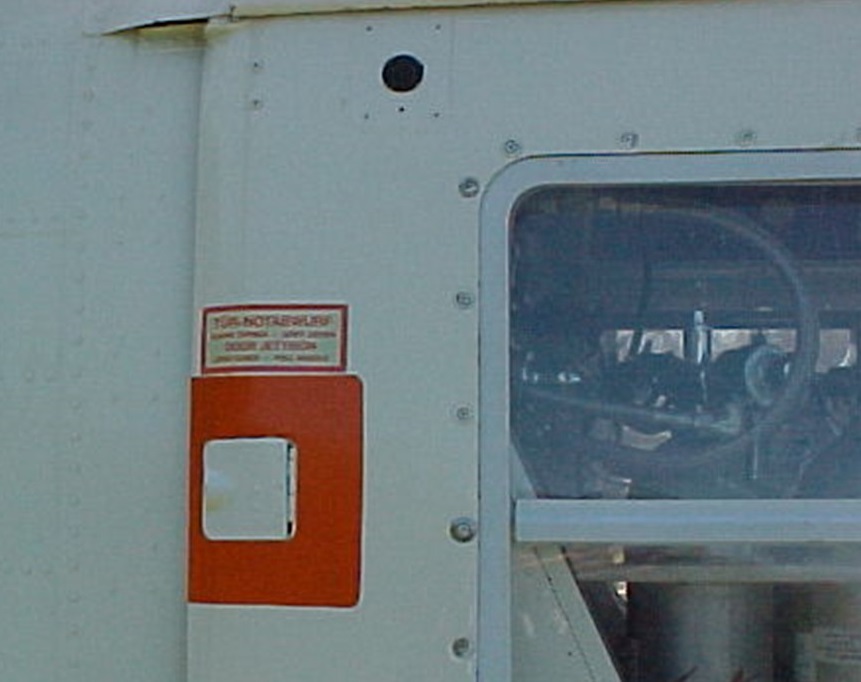
(4) It is important to know how to open doors in emergency operations.
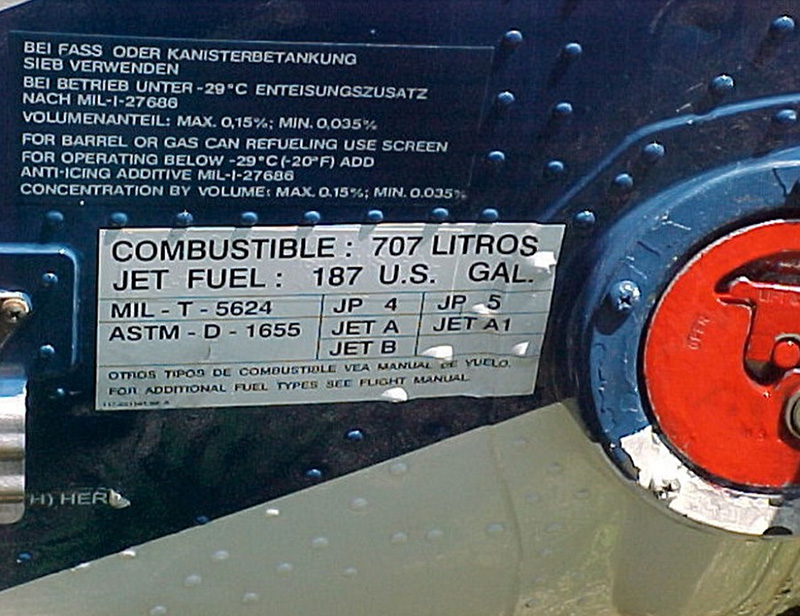
(5) The fuel plate from a typical medevac helo.
Helo Crash
I have never been to a helo crash, but there are several common characteristics from which we can learn. First, the aircraft will likely be upside down on the ground. The heavy turbine engine is high in the air frame and will cause the aircraft body to roll. One of the pilots with whom I work describes the helo as a “flying beer can”—heavy motor on top of light materials like aluminum and fiberglass below so the aircraft can maximize payload.
A major danger at crashes is flying rotor parts. The rotors are spinning at hundreds of mph, so when they hit a tree or powerline or simply fail because of stress, they will go flying long distances and be a lethal danger to anyone near the LZ. A helo landing is a spectacle, but have your crew watch from a protected area such as behind the engine in case things go bad.
Fire/Rescue/Crash Standard Operating Procedure
One way to divide up your crew is as follows.
Rescue crew. Their mission is to rescue the souls onboard, led by an officer with three to four members with seat belt cutters, a folding ladder, a halligan, an ax, a reciprocating saw, a stokes, and a backboard. If the aircraft is upside down, victims will be over your head still belted in, so the ladder will be very useful.
Fire crew. Their mission is to immediately control the fire and provide protection for the rescue crew, which consists of an officer and four members with dry chemical extinguishers and perhaps a water can with foam concentrate mixed correctly. Fuel may be leaking/burning from the tanks in the sides or floor and endangering the rescue operation on the upside-down aircraft. Use these tools to cut and maintain a rescue path if there is extensive fire.
Fire crew 2. Their mission is to extinguish the fire using a foam or water line. Fuel will be more like refined kerosene (diesel) than gasoline or aviation fuel, so water maybe a good choice because of the speed of deployment. Of course, foam is the agent of choice for flammable liquids.
Consider the result of not practicing and not making these assignments. When the aircraft crashes, how will your members know what tools to grab and what their missions are? It will not be pretty; someone will be videoing it, and you will justifiably have a lot of explaining to do. Remember to keep your crews safely behind your engine to protect them from flying rotor parts and debris during landing and takeoff. Decide with your driver if you will be driving to the scene, especially if it is off the LZ, or members will grab tools and run.
Proper planning and training prevent poor performance. You can train effectively using an overturned car to simulate a crashed helicopter, so you can practice your plan until you can’t get it wrong. Meet with your air crews so you can support them and, more importantly, provide high-quality service to severely injured civilians we are sworn to protect.
Author’s note: Special thanks to pilot Ed Weiretta, whose assistance greatly helped with this article.
JERRY KNAPP is the chief of the Rockland County (NY) Hazmat Team, has a degree in fire protection, is a 46-year veteran firefighter/emergency medical technician (EMT) with the West Haverstraw (NY) Fire Department, and is a former paramedic. He served on the technical panel for the UL residential fire attack study. Knapp is the co-author of two Fire Engineering books: House Fires and Tactical Response to Explosive Gas Emergencies. He is the author of numerous feature articles in Fire Engineering and state, national, and international fire service trade journals and the author of the Fire Attack chapter in Fire Engineering’s Handbook for Firefighter I and II. He retired from the U.S. Military Academy, West Point, where he served as the plans and operations specialist at the Directorate of Emergency Services.

